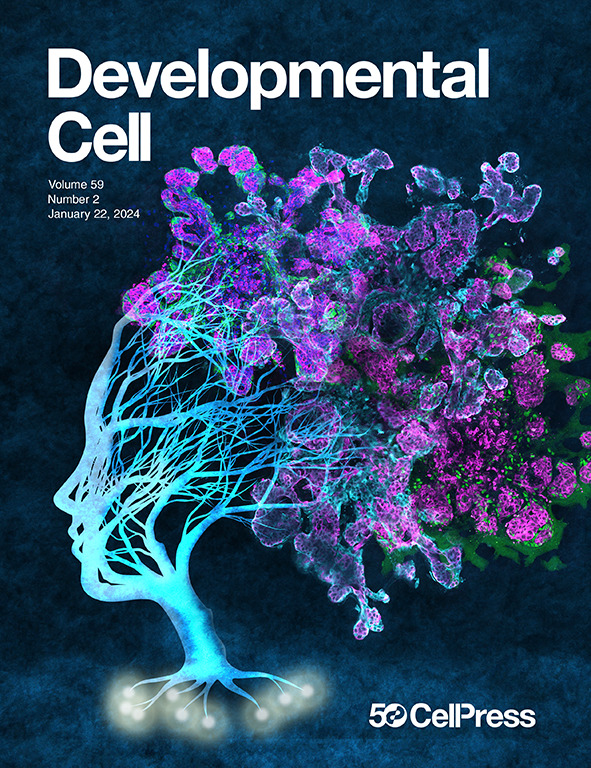Mitochondrial CCN1 drives ferroptosis via fatty acid β-oxidation
IF 10.7
1区 生物学
Q1 CELL BIOLOGY
引用次数: 0
Abstract
Ferroptosis is a type of oxidative cell death, although its key metabolic processes remain incompletely understood. Here, we employ a comprehensive multiomics screening approach that identified cellular communication network factor 1 (CCN1) as a metabolic catalyst of ferroptosis. Upon ferroptosis induction, CCN1 relocates to mitochondrial complexes, facilitating electron transfer flavoprotein subunit alpha (ETFA)-dependent fatty acid β-oxidation. Compared with a traditional carnitine O-palmitoyltransferase 2 (CPT2)-ETFA pathway, the CCN1-ETFA pathway provides additional substrates for mitochondrial reactive oxygen species production, thereby stimulating ferroptosis through lipid peroxidation. A high-fat diet can enhance the anticancer efficacy of ferroptosis in lung cancer mouse models, depending on CCN1. Furthermore, primary lung cancer cells derived from patients with hypertriglyceridemia or high CCN1 expression demonstrate increased susceptibility to ferroptosis in vitro and in vivo. These findings do not only identify the metabolic role of mitochondrial CCN1 but also establish a strategy for enhancing ferroptosis-based anticancer therapies.

线粒体CCN1通过脂肪酸β氧化驱动铁下垂
铁下垂是一种氧化性细胞死亡,尽管其关键代谢过程仍不完全清楚。在这里,我们采用了一种全面的多组学筛选方法,确定了细胞通信网络因子1 (CCN1)作为铁死亡的代谢催化剂。在铁下垂诱导下,CCN1迁移到线粒体复合体,促进电子转移黄蛋白亚单位α (ETFA)依赖性脂肪酸β-氧化。与传统的肉碱o -棕榈酰基转移酶2 (CPT2)-ETFA途径相比,CCN1-ETFA途径为线粒体活性氧的产生提供了额外的底物,从而通过脂质过氧化刺激铁死亡。高脂肪饮食可以增强肺癌小鼠模型中铁下垂的抗癌作用,这取决于CCN1。此外,来自高甘油三酯血症或CCN1高表达患者的原发性肺癌细胞在体外和体内均表现出对铁死亡的易感性增加。这些发现不仅确定了线粒体CCN1的代谢作用,而且还建立了一种增强基于铁中毒的抗癌治疗的策略。
本文章由计算机程序翻译,如有差异,请以英文原文为准。
求助全文
约1分钟内获得全文
求助全文
来源期刊

Developmental cell
生物-发育生物学
CiteScore
18.90
自引率
1.70%
发文量
203
审稿时长
3-6 weeks
期刊介绍:
Developmental Cell, established in 2001, is a comprehensive journal that explores a wide range of topics in cell and developmental biology. Our publication encompasses work across various disciplines within biology, with a particular emphasis on investigating the intersections between cell biology, developmental biology, and other related fields. Our primary objective is to present research conducted through a cell biological perspective, addressing the essential mechanisms governing cell function, cellular interactions, and responses to the environment. Moreover, we focus on understanding the collective behavior of cells, culminating in the formation of tissues, organs, and whole organisms, while also investigating the consequences of any malfunctions in these intricate processes.
 求助内容:
求助内容: 应助结果提醒方式:
应助结果提醒方式:


